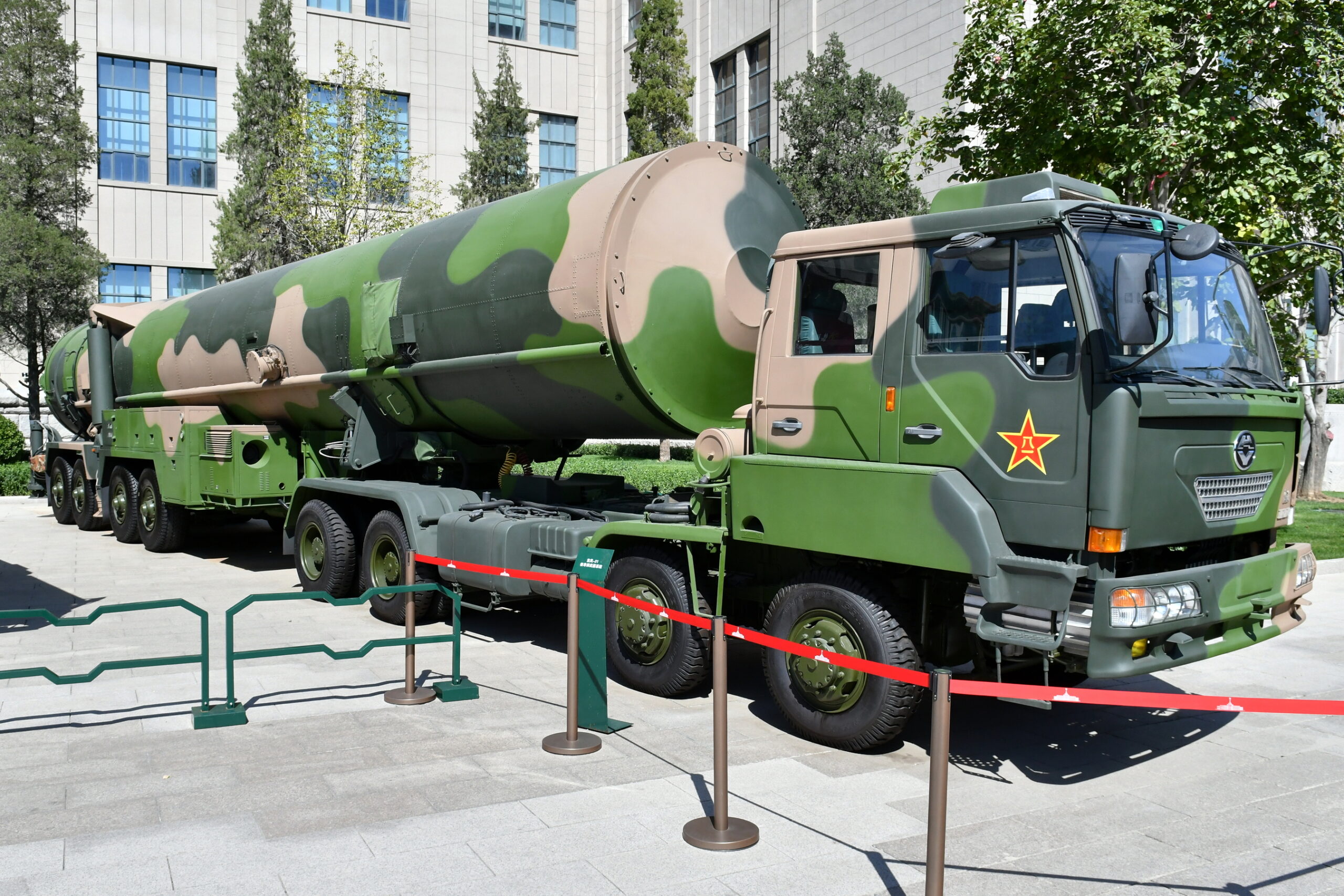China’s Nuclear Weapons Build-up and Its Implications for Northeast Asian Security
Download the full policy brief.
In this policy brief, Lami Kim argues that China’s nuclear modernisation should concern the United States less because it poses a nuclear threat to the US homeland, and more because it poses a risk to vital US interests in Northeast Asia. China’s nuclear modernisation increases the risk that it will be emboldened to invade Taiwan, as well as the risk that Japan and South Korea might request deployment of US tactical nuclear weapons on their territory or chose to develop their own nuclear weapons. Although it will be hard for Washington to stop China from continuing to build up its nuclear arsenal, it should seek to manage these risks by strengthening deterrence measures around the Taiwan Strait and giving stronger assurances to its regional allies. Additionally, Washington and Beijing should enhance transparency as to their nuclear posture and missile testing, and also establish viable crisis management mechanisms.
About the Author
Dr. Lami Kim is Professor of Security Studies at the Daniel K. Inouye Asia-Pacific Center for Security Studies under the U.S. Department of Defense. She is also a member of the Mid-career Nuclear Cadre at the Center for Strategic and International Studies, a Nonresident Scholar at the Elliott School of International Affairs at George Washington University, and an Adjunct Fellow at Pacific Forum. Until recently, she served as Associate Professor and Director of the Asian Studies Program at the U.S. Army War College. Her research focuses on the intersection between international security and technologies, including nuclear and emerging technologies, and security issues in East Asia.
The opinions articulated above represent the views of the author(s) and do not necessarily reflect the position of the Asia Pacific Leadership Network or any of its members, nor do they necessarily reflect the official policy or position of the Daniel K. Inouye Asia-Pacific Center for Security Studies, the Department of Defense, or the US Government.
The APLN’s website is a source of authoritative research and analysis and serves as a platform for debate and discussion among our senior network members, experts and practitioners, as well as the next generation of policymakers, analysts and advocates. Comments and responses can be emailed to apln@apln.network.
Image: The Dongfeng-17 medium-range ballistic missile mounted on the DF-ZF hypersonic glide vehicle, displayed at the “Advancing into a New Era” exhibition at the Beijing Exhibition Center, 20 October 2022. (Wikimedia)




